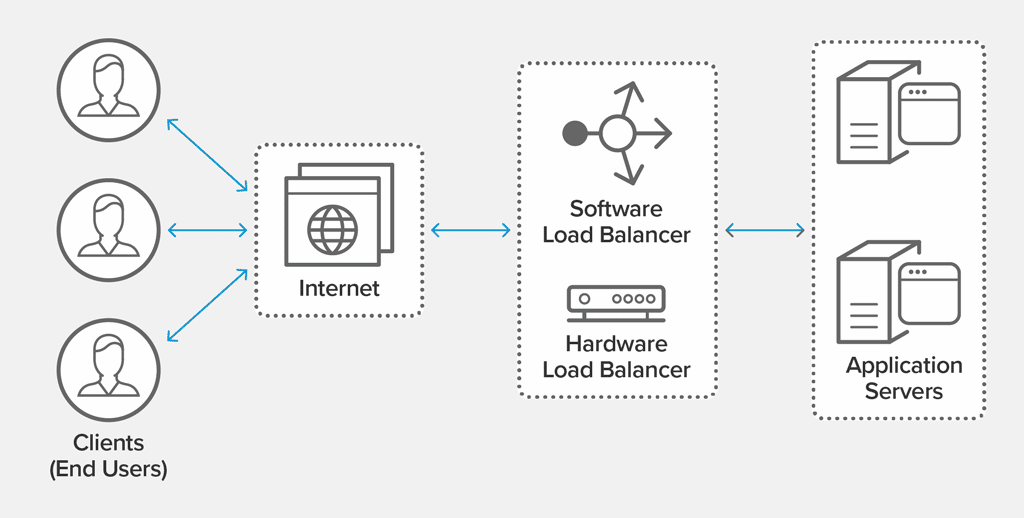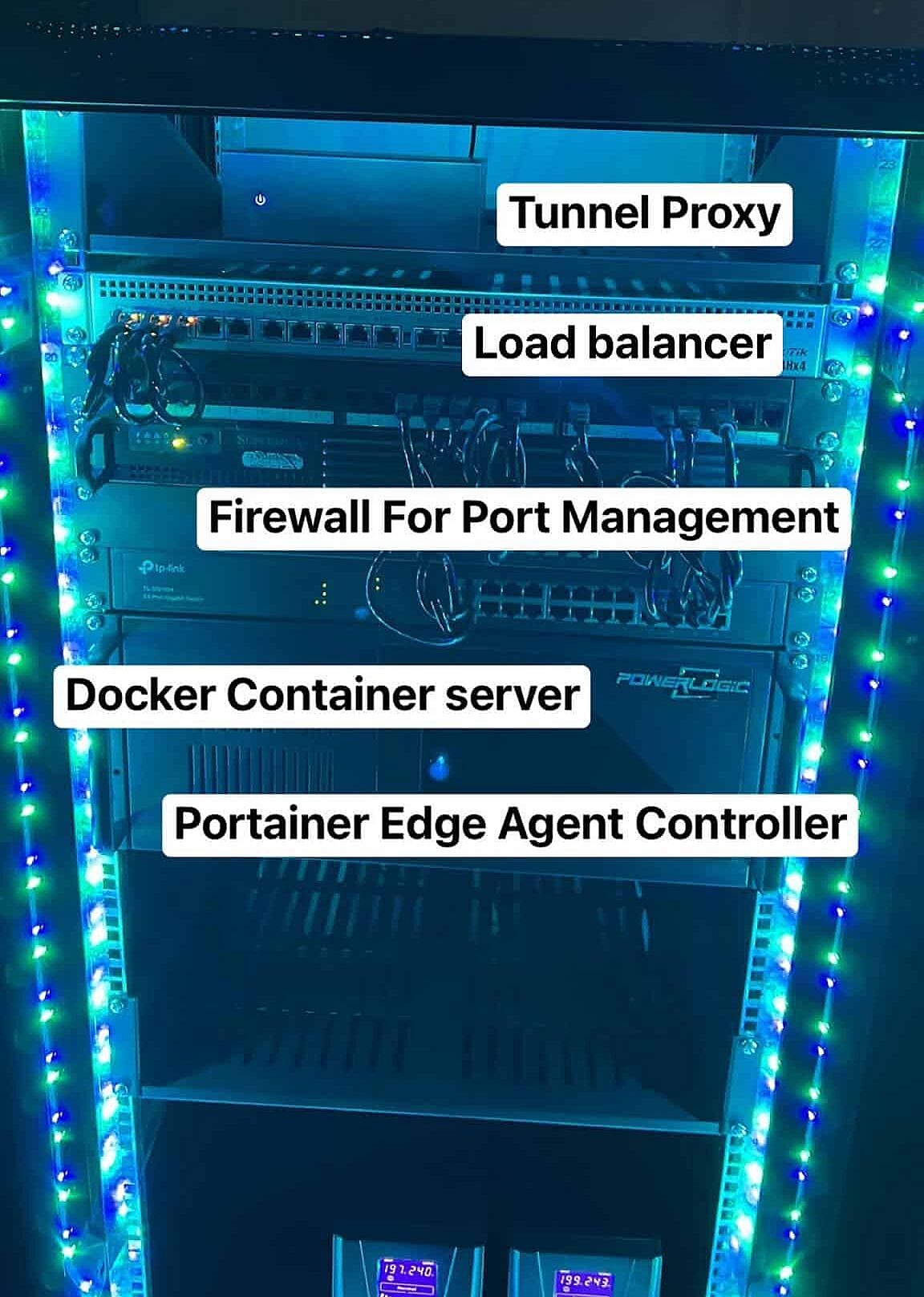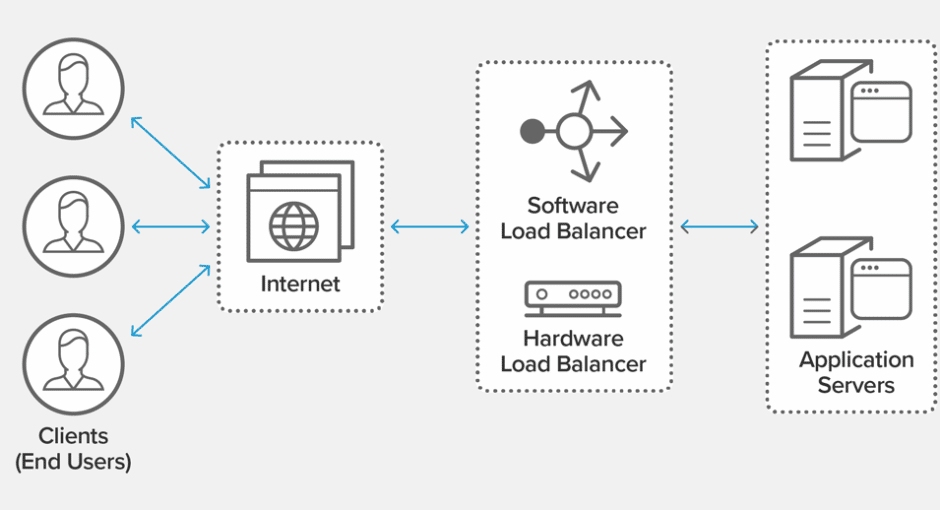A load balancer is a key component of any home server network, and can be used to significantly improve network performance and ensure that traffic is distributed evenly across multiple WAN connections. In this blog post, we’ll explain how a load balancer can help improve traffic on your home servers.
First, let’s define what a load balancer is. A load balancer is a device or software that distributes network or application traffic across a number of servers or network links. It allows an organization to have more than one WAN connection, ensuring that traffic is evenly distributed across multiple WAN connections. This results in improved network performance, as a single WAN connection can become congested and cause latency.

A key benefit of using a load balancer is that it allows you to prioritize certain types of traffic. This is especially useful in home networks, where you may want to prioritize traffic for streaming media or gaming. By using a load balancer, you can ensure that these types of traffic are given priority, while other types of traffic are routed to less congested WAN links.
Another key benefit of using a load balancer is that it can help mitigate the risk of downtime. By distributing traffic across multiple WAN links, if one link experiences an outage, the load balancer can automatically re-route traffic to other links, ensuring that the network remains operational.
Finally, a load balancer can also be used to optimize network performance. By monitoring the performance of each WAN link, the load balancer can ensure that traffic is always routed through the most efficient link. This helps ensure that network performance is always optimized, providing the best user experience for users on the home network.

In conclusion, a load balancer is an important component of any home server network and can be used to significantly improve network performance and ensure that traffic is distributed evenly across multiple WAN connections. By prioritizing certain types of traffic, mitigating the risk of downtime, and optimizing network performance, a load balancer can be a key tool in ensuring an optimal home network experience.



